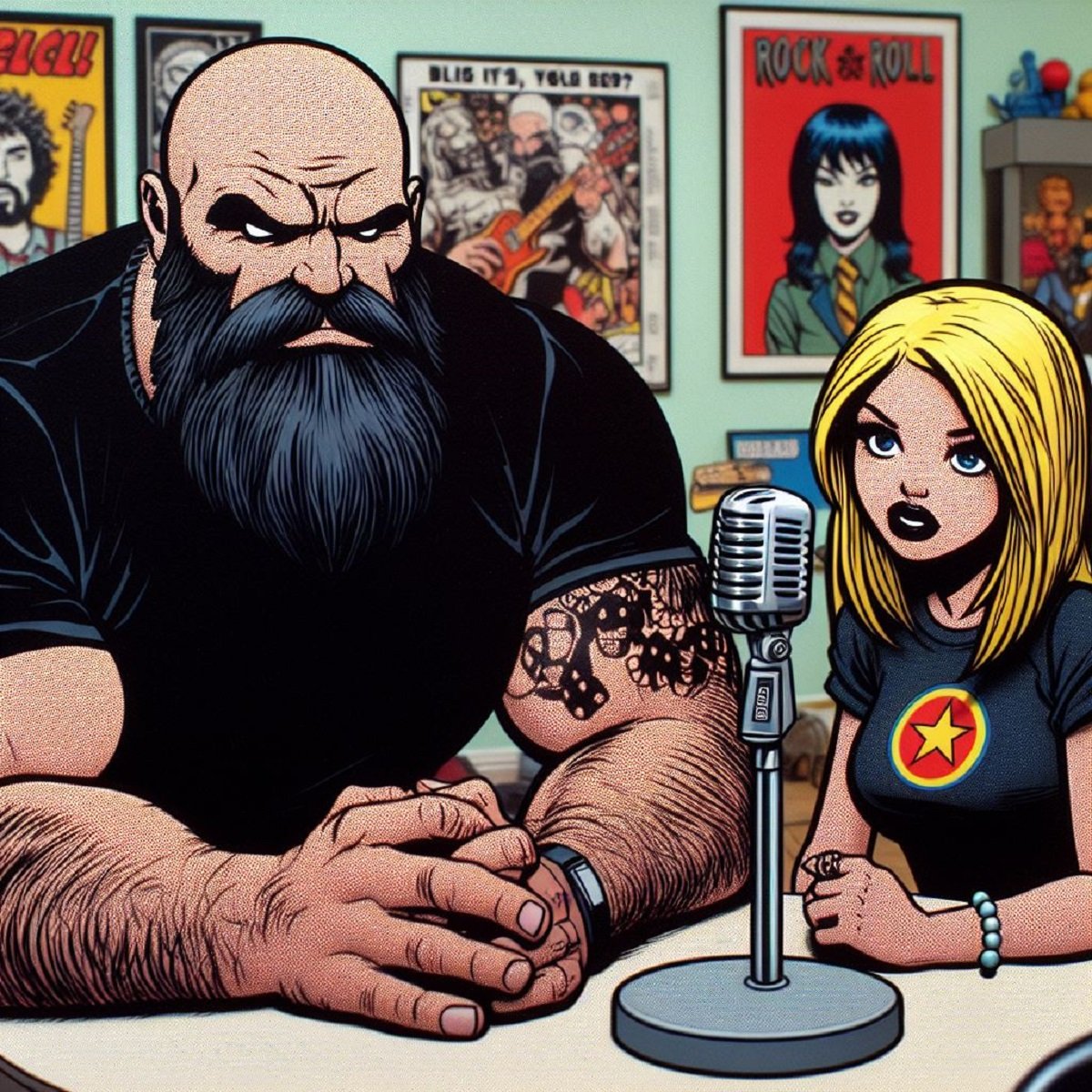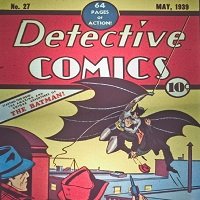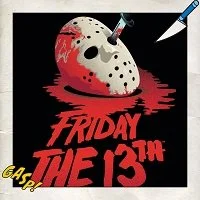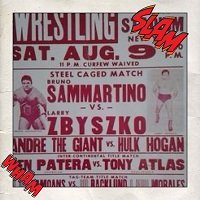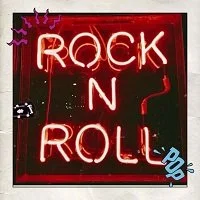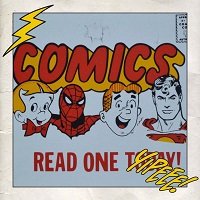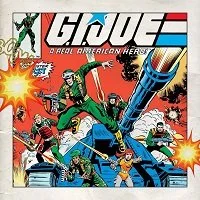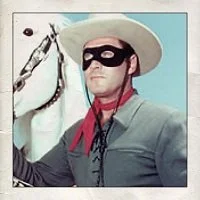Pixel Logic: The Magnavox Odyssey
By: Juan Nunez (Twitter)
Ralph Baer is a middle-aged engineer leading a team meeting with RCA, one of the leading consumer electronics companies in the world in 1969. Baer's team is demonstrating the 7th prototype of what they call "The Brown Box." The project is receiving mixed reactions from the RCA executives. It's unlike anything that has ever been sold for home use. Some executives can see the potential while others see the challenges of selling such a device to the average American. Ultimately, RCA passed on the project, but one RCA executive, Bill Enders, remained in contact with Baer's team. When Enders jumped to rival Magnavox a few months later, he was able to convince Vice President of Marketing Gerry Martin to purchase the Brown Box concept and produce a product that ended up changing the world. The first video game that could be played at home, The Magnavox Odyssey.
Rudolf Heinrich Baer was born March 8, 1922 to a Jewish family in German city of Pirmasens. Fearing Nazi persecution, Baer's family moved to New York in 1938. He grew up to become a radio service technician. After being drafted in 1943, he used the G.I. bill to get a Bachelor of Science degree in Television Engineering. After the war, he had various engineering contracts until eventually settling full time with defense contractor Sanders Associates in Nashua, New Hampshire. Sanders Associates was a defense contractor in various cold war military and space-race related projects from the 1950s to the 1980s.
Baer had the idea of a device that could control a television sometime in the early 1950s. After becoming head of Equipment Design Division for Sanders Electronics, Baer started working on the idea as a side project in 1966. He knew that he couldn't sell the idea to his military contractor company, but maybe he could sell it to someone else. Baer wasn't the only one working on similar projects. OXO, a primitive tic tac toe type of game, was developed in the UK by A.S. Douglas in 1952. By 1962, you had Spacewar! An early example of a space combat game similar to the 1970s hit game Asteroids. These early video games were not consumer products. They were more proof of concept and teaching tools for computer programmers and required giant room-sized computers to be played. They were basically unheard of outside of the Computer engineering and programming fields of the 1950s and 1960s.
Taking inspiration for board games and electro-mechanical games found at amusement parks, Ralph Baer's idea involved an affordable add-on for televisions that could play various types of games. The machine was only capable of displaying three square on the screen. The logic of the squares can be changed via cartridges, which control the rules of the game. Instead of graphics, the Odyssey came with plastic overlays for the television screen that changed how the games looked. The controllers were attached directly to the central console. They controlled the action via knobs on the side of the controller. Other accessories such as dice, fake money, and a gun for shooting gallery games came with the package.
While the overall concept that Baer's team came up with remained the same, the final product that Magnavox sold was far more expensive. Baer wanted something that could be sold for about $19.99. The Magnavox Odyssey retailed for $99.95, about $620 in 2020 money. The main reason for this increase was redesigned components for the final mass-produced version.
The Magnavox Odyssey was released in September 1972. A couple of months before the more famous Atari Pong arcade. It's noteworthy that one of the Odyssey's 28 possible games was Table Tennis. Which, for all intents and purposes, is Pong. Atari creator Nolan Bushnell saw a demonstration of the Odyssey in the spring of 1972 at a Magnavox event and used it as an "inspiration" for his hit game. After several years of litigation, Atari ended up paying Magnavox over $100 million settlements over patent lawsuits related to the Table Tennis and Pong.
Here is a video of Baer demonstrating one of the Brown Box prototypes playing tennis/ping pong years before Pong was made:
The Odyssey went on to sell a modest 350,000 units over its 3-year lifecycle. It helped introduce the idea of video games to the mainstream and launched the first generation of video game consoles. This also includes other Odyssey branded early consoles released by Magnavox throughout the 1970s, the home version of Pong by Atari, the Coleco Telstar, and countless Pong console clones from companies such as Nintendo and Sears.
While Ralph Baer saw relatively little profits from the multi-billion dollar industry that he helped launch and isn't exactly a household name, he is remembered as the father of video games within Video game history circles. He received National Medal Of Technology from President George W. Bush in 2006. He was inducted into the National Inventors Hall Of Fame in 2010. He passed away on December 6, 2014.
It's noteworthy that besides video games, Ralph Baer was also the co-creator of the popular toy Simon.
If you found this article interesting consider becoming a Patreon supporter. That is how When It Was Cool keeps our website and podcasts online, plus you get lots of bonus content including extra and extended podcasts, articles, digital comics, ebooks, and much more. Check out our Patreon Page to see what's up!
If you don't want to use Patreon but still want to support When It Was Cool then how about a one time $5 PayPal donation? Thank you!
